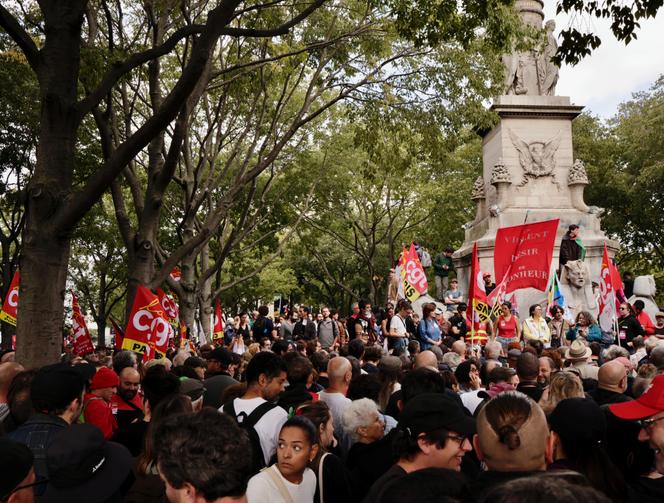


On Thursday, September 18, a broad coalition of unions called on "all working women and men to mobilize en masse" against the proposed 2026 budget and the unemployment insurance reform. Predicting how many will turn out is difficult. But one thing is certain: Unions will need to rally support beyond their own members if they hope to increase the number of protesters. Once powerful, unions have represented only about 10% of the workforce since the 1990s. How can this decline be explained, and what does it reveal about the changing nature of employment in France?
According to the latest available data, from 2019, only one in 10 employees was a union member. That's three times fewer than in 1950. The unionization rate has stagnated since the 1990s, making France one of the least unionized countries in Europe.
The decline in union membership began in the 1950s after the split in the hardline CGT union between 1947 and 1948 that led to the formation of Force Ouvrière. According to Sophie Béroud, a political scientist specializing in the sociology of unionism, the union's close alignment with the French Communist Party during the "Stalinist period" discouraged employees who joined just after World War II and were disappointed by this rigid political stance.
You have 84.59% of this article left to read. The rest is for subscribers only.
